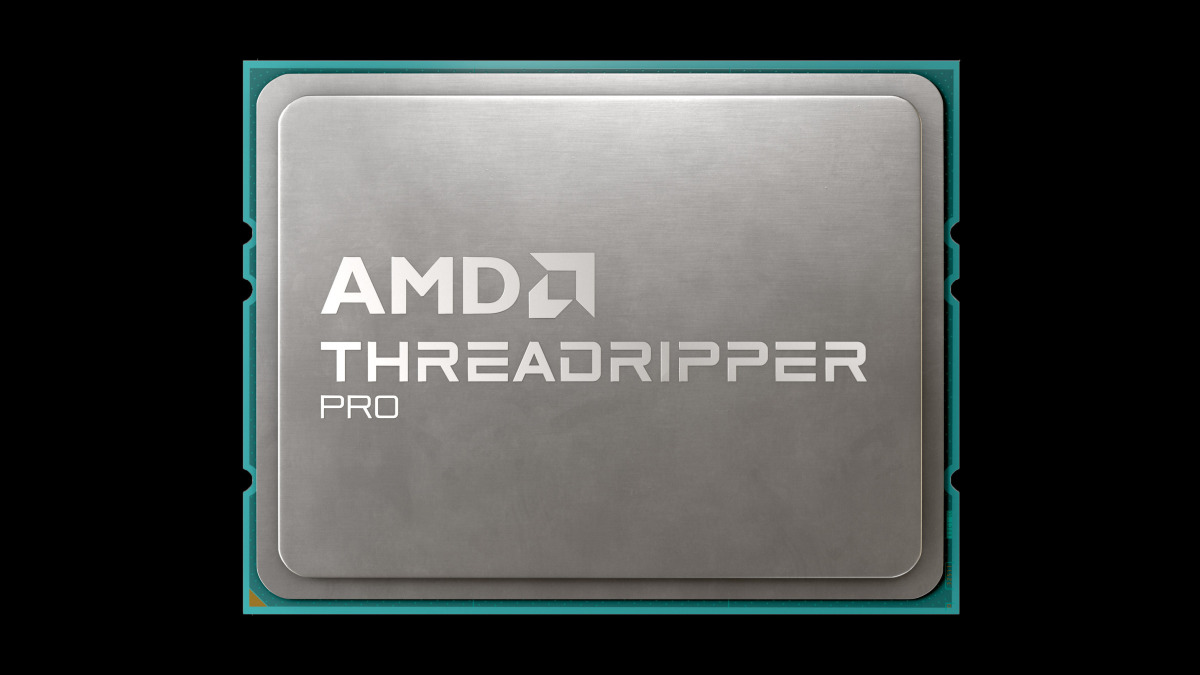“fuse” implies that the CPU will stop working when it is overclocked, this seems to be more of a mechanism for AMD to let them know that the reason the CPU is not working anymore is because it was overclocked and fried.
Somewhat.
All this fuse does is tell AMD that the chip has had custom clocks or voltage applied to it (this appears to also apply to underclocking and undervolting as far as I can gather)
It does not prove that if the chip is faulty that it must be the OC/undervolt/whatever that caused it.
Think of those water detection strips in other products. They can tell the manufacturer if something has been in a humid environment, but just because it has been doesn’t guarantee that that is what caused the fault to come about.
No, this means something else in chip design. For example, an AVR microcontroller can be configured by blowing some fuses. Here is an introduction: https://www.ladyada.net/learn/avr/fuses.html
“fuse” implies that the CPU will stop working
It’s just an electronic component, like resistors and transistors. Samsung has something similar in their phones called Knox.
But in the world of electronics fuses and circuit breakers exist to trip when too much voltage is applied to protect the circuit. That’s their generally agreed upon definition.
A fuse is just an electronic component. It can be used for circuit protection, but it doesn’t have to be. For example, a transistor doesn’t have to be an amplifier, a resistor doesn’t have to be for dimming bulbs, etc.
Fuses in this sense are write-once data. Once the fuse is burnt, only physical repair could revert the change. These are used as one-way-doors (like the Nintendo Switch firmware upgrade fuses https://switchbrew.org/wiki/Fuses#Anti-downgrade) or tripwires (like Samsung Knox https://en.wikipedia.org/wiki/Samsung_Knox#e-Fuse)
How come I bought first gen threadripper cpu for around $400 and mobo $400, but now their prices are like $2000 for cpu and $1000 for the mobo?
I’d like to get more pcie lanes than on 7950x.
Lack of competition, manufacturing consolidation, and inflation.
When the Threadripper Pro came out, you could get a machine from Lenovo with 12-16 cores for around $1800 including some ram, ssd, and a gpu. I just checked and now they start at $2800 for a zen 3 TR Pro with 32/1TB/A2000. It doesn’t seem like there is a practical way to build one yourself affordably for Zen 4 or Intel for that matter. A Xeon 3435X and mobo is also around $2500 for 112 lanes.
This was also present in Threadripper 5000, per the article.
Not a new thing, some motherboards even do this.
The Nintendo switch and probably other consoles also use fuses to stop you from downgrading major firmware versions. There’s just a massive bank of fuses on the mainboard that blow when you upgrade
That’s fair, just like Apple devices (phones and iPods) have/had a detector in the headphone port for water damage.


